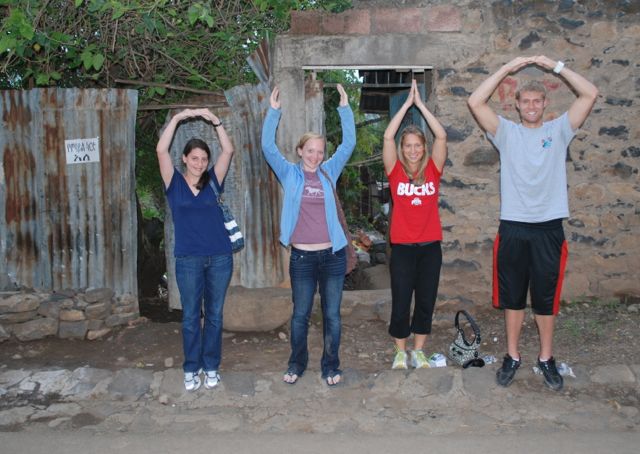By Timothy Landers, RN, PhD
Ohio State College of Nursing
I was on Skype with my Mom during our last week in Gondar. Back in Columbus, she was telling me about the new washer and dryer that arrived while I was in Ethiopia. The two were installed six inches apart. They are finding that this is just enough space for things to fall down and get lodged perfectly. It sounds like a hassle.
Then, they asked me what I thought it would feel like to go back home to Columbus.
I said I didn’t think I could go completely back home.
Of course, I have missed my wife and my sons Joey and Brian. I am looking forward to seeing my friends and sleeping in my own bed. I have missed our cat and dog.
But there are plenty of other things I have not missed. I have not missed how I let my day get off to a bad start because it took three extra minutes to park. I am not looking forward to returning home and obsessing about the invasive thistle plant messing up our lawn. I have not missed the conversations about washers and dryers in our air-conditioned homes that are six inches too far apart.
These things seem important to us – but I can see now, they are not.
I have no right to complain about a three minute parking spot hunt to the woman I saw in the asthma clinic who had wheezed and walked for three hours to get to her 9 a.m. appointment.
I promise not to complain about the thistle growing in my back yard. I’ve learned that because it grows so well in almost any condition, it is an ideal forage food for work animals in the Ethiopian mountains.
Finally, I pledge to think of my new friend and colleague, Charles Turner, who told me about mango fly larvae burrowing under the skin when clothes are hung out to dry. I will think about his stories from his adventures teaching nurses all over Africa the next time I agonize over whether to pick “Whites – hot” or “permanent press – cold” on the washing machine.
And if that fails, I’ve asked my friends to give me a good smack upside the head.
Or, I’ll think of my friends in Ethiopia.







